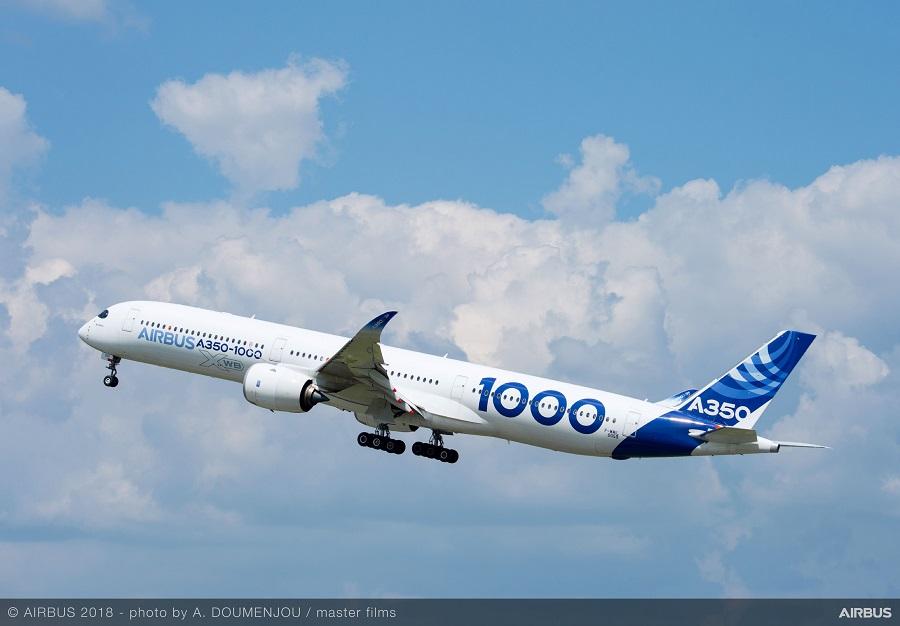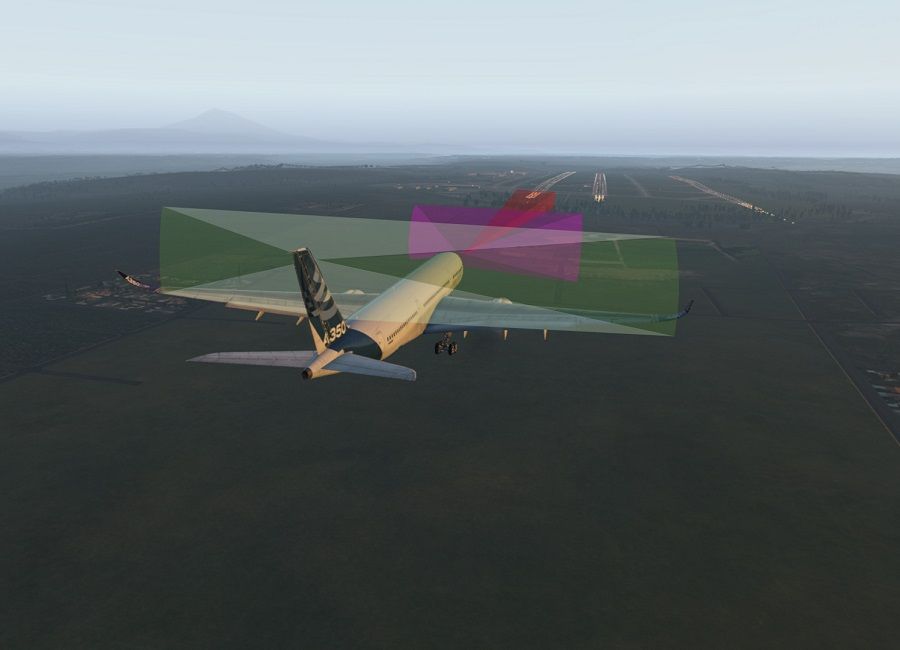Airbus’ ATTOL project is the answer to the question: what is the difference between autonomy and automation? Or to put it another way, what things have to happen technologically, before the automation that helps pilots fly, can begin to take over?
It’s a searching question for many: how far are we from the time when aircraft no longer need pilots? The answer is complicated and has many steps. With new aircraft development taking a decade and a half, the lazy answer is: a long way off. And of course, certification of an autonomous, passenger-carrying aircraft will definitely take a wee-bit longer than normal.
They have been busy with many innovative projects, but this one strikes a cord with many. Airbus’ ATTOL stands for Autonomous Taxi, Take-Off and Landing. The idea is to design a system that can extend the automation of an autopilot, for example, deeper into the day-to-day operation of an aircraft. But that is still a long road and ATTOL is only a first step. In this case, the word ‘autonomous’ doesn’t refer to having no pilots, or even having one pilot.

Airbus’ ATTOL Project Lead Sébastien Giuliano says:
“Many aircraft are already able to land automatically. But they’re reliant on external infrastructure like Instrument Landing System (ILS) or GPS signals. ATTOL aims to make this possible solely using on-board technology to maximise efficiency and to reduce infrastructure cost.”
Airbus’s ATTOL And Airports
So Airbus here are using the ATTOL project to develop something that will achieve the accuracy of an ILS landing, with NO airport infrastructure. That would be quite impressive. And interestingly, there are already other technological fields out there that can do very similar things. And some of these fields are related to aviation.
ATTOL will work by taking valuable input from another Airbus project called ‘Wayfinder’. This uses LiDAR (a RADAR-like laser-based system) and cameras. Powerful on-board computers will compare what the aircraft sensors see, with a real-world database. This will allow the aircraft to know where it is, with incredible accuracy.

There are systems already using technology very similar to what Airbus is after with ATTOL. Some surface or air-launched missiles guide themselves to their target by comparing what a camera ‘sees’, with a database. And if that sounds… expensive, then consider drones. NOT the military kind, just the ones you can buy for a few hundred €$£s.
The Low-Tech (?) Side Of Visual Positioning
Drones have GPS for positioning, but these days they also have mini-cameras. When a drone hovers, a GPS-only system would see it wandering around by as much as a metre, or more. But if you’ve seen one of these things lately, you’ll notice that even in moderate winds, they sit perfectly still.
That is because now these mini drones have a pair of cameras looking straight down. And another pair looking straight forward, and a third pair looking to the rear. Between them, these simple, cheap cameras allow the drone to assemble a basic image of its surroundings. And by keeping all of its surroundings looking still, the drone keeps itself still. And like Airbus’ ATTOL, these cameras keep the drone from hitting stuff…

All this has been possible for several years already, in mini-drones costing less than $1,000 and weighing under a kilo. Imagine what could be done with bigger, better cameras, LiDAR and other such ‘toys’. Airbus’ ATTOL could be the vehicle that makes this possible.
Airbus has successfully made an autonomous take-off early in 2020, as part of the ATTOL project. Landings will be the next big step. It’s a fascinating project. But if you’re worried about this taking pilots’ jobs, relax. From the time this system actually enters service (in a decade?), add another 20+ years before the first cargo planes fly with one less pilot. Even more for passenger planes.
And existing planes won’t disappear overnight, will they?




2 comments
VAGAS INT.
A lot of news outlets that report on this leave our the part that says
“Pilots will remain at the Heart of the Operation”
It doesn’t say “this is the first stepping stone to remove pilots from the operation”
It doesn’t say “this is the last step before we can remove pilots from the operation”
It doesn’t even say “until passengers get used to pilotless flight pilots will be a part of the operation”
(They say the line above for Urban Air Mobility BTW)
It says “Pilots will remain”
If you dig more through the Autonomous part of Airbus’ website they say autonomous technologies can mitigate (not eliminate) pilot shortages and support (not eliminate) pilots.
Finally it says elsewhere on the website that autonomy at Airbus is not all or nothing its a tailored combination of man and machine that will evolve over time. The computer manages the aircraft while pilot makes decisions.
There are more things that point that airbus does not plan on eliminating pilots… but I would be typing for quite a while longer, and I am in class. So yeah… back to work
Andre T
Keep in mind, one of the significant reasons for two pilots, is to prevent a pilot from commuting suicide by purposely crashing the plane. There are at least to cases of this and lead to regulations two persons in cockpit. 1 pilot system would need the autonomous system to override the pilot preventing pilot to purposely crash the aircraft. But what if autonomous system is wrong for some reason. This has happened on Airbus aircraft and recent the 737 max. I see a lot of challenges but at my age don’t see me flying on a fully autonomous aircraft nor do I really want to not even one pilot.